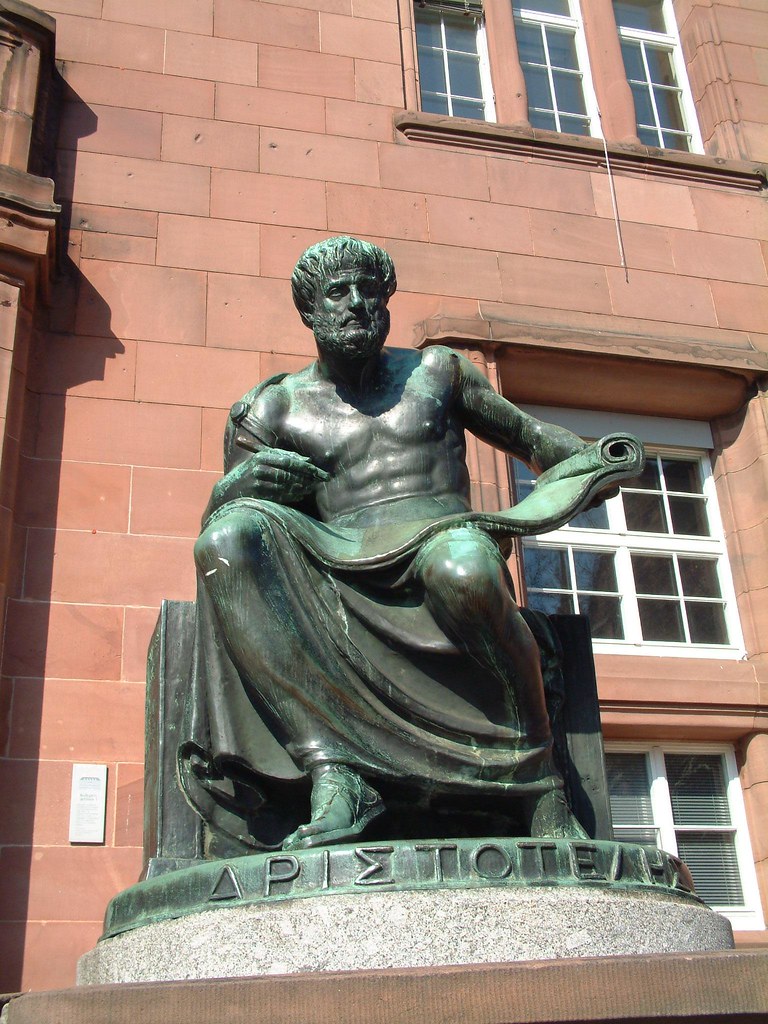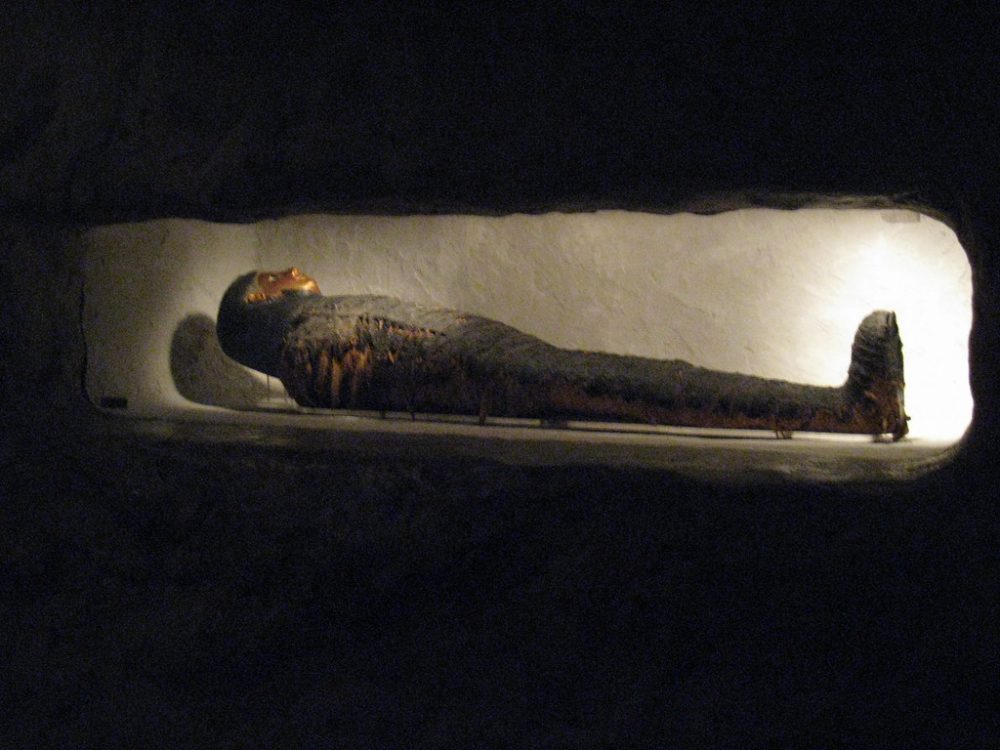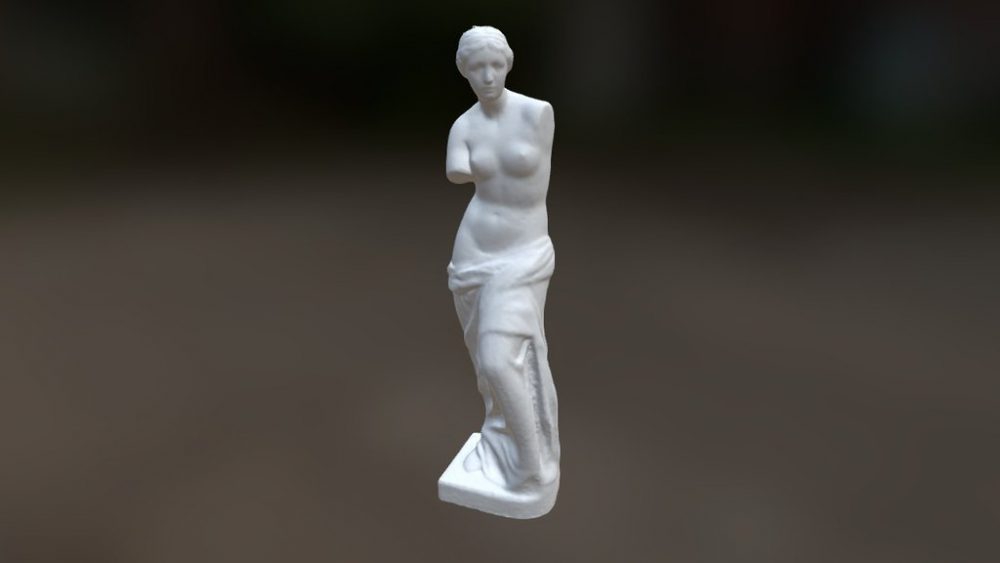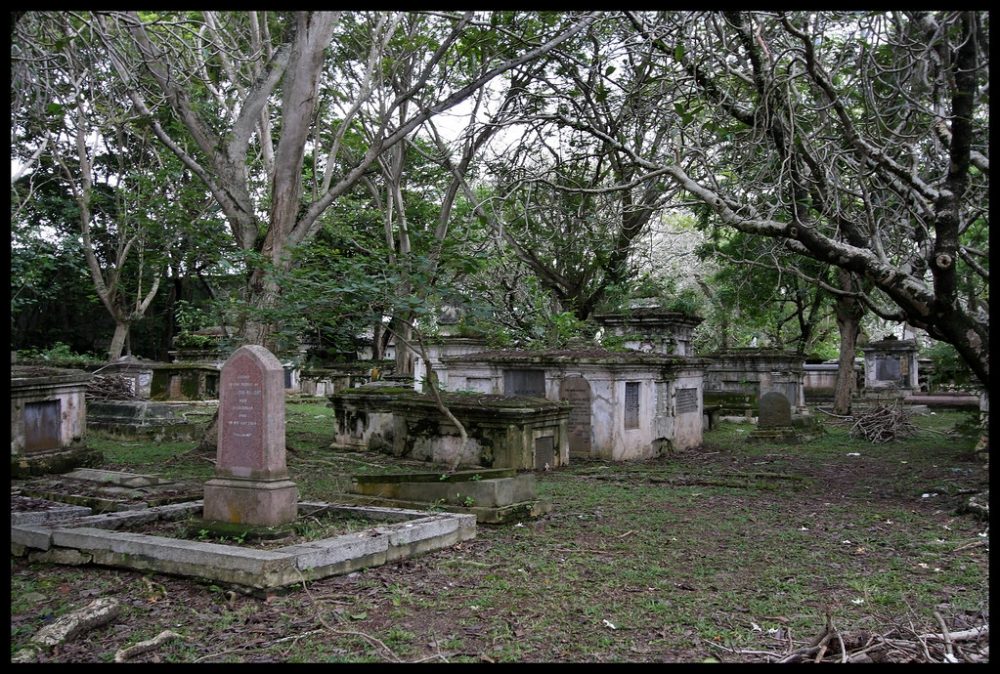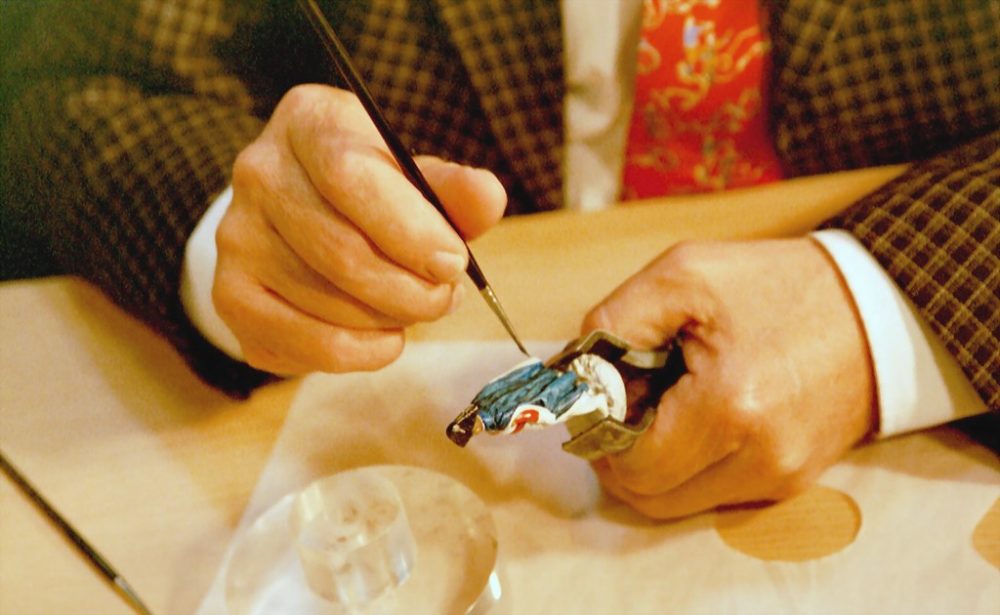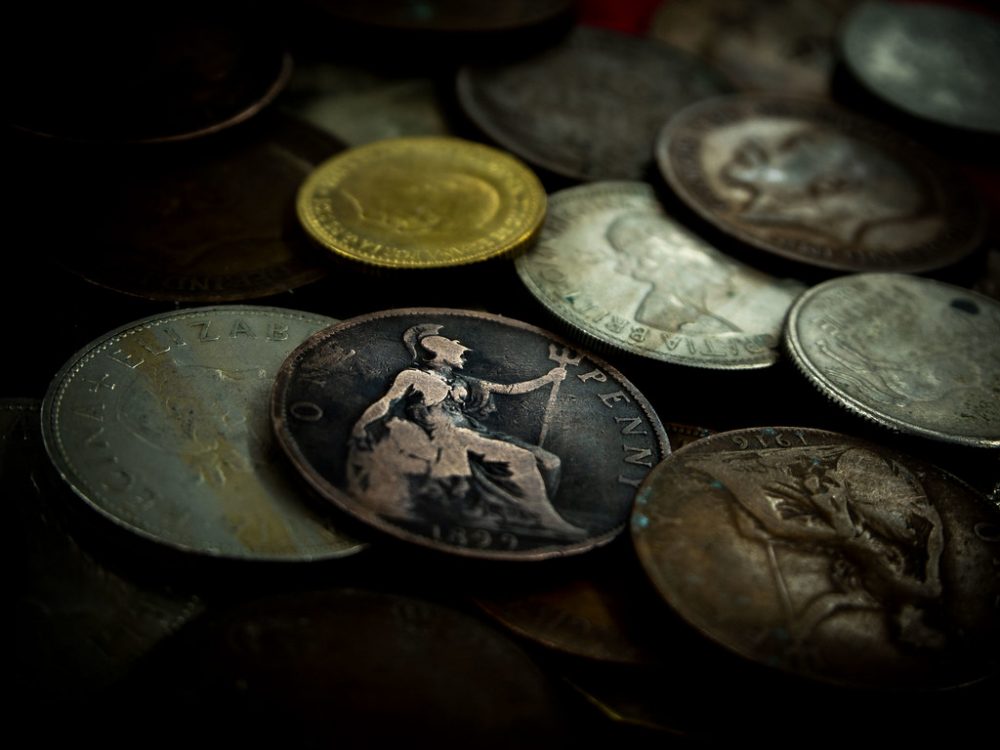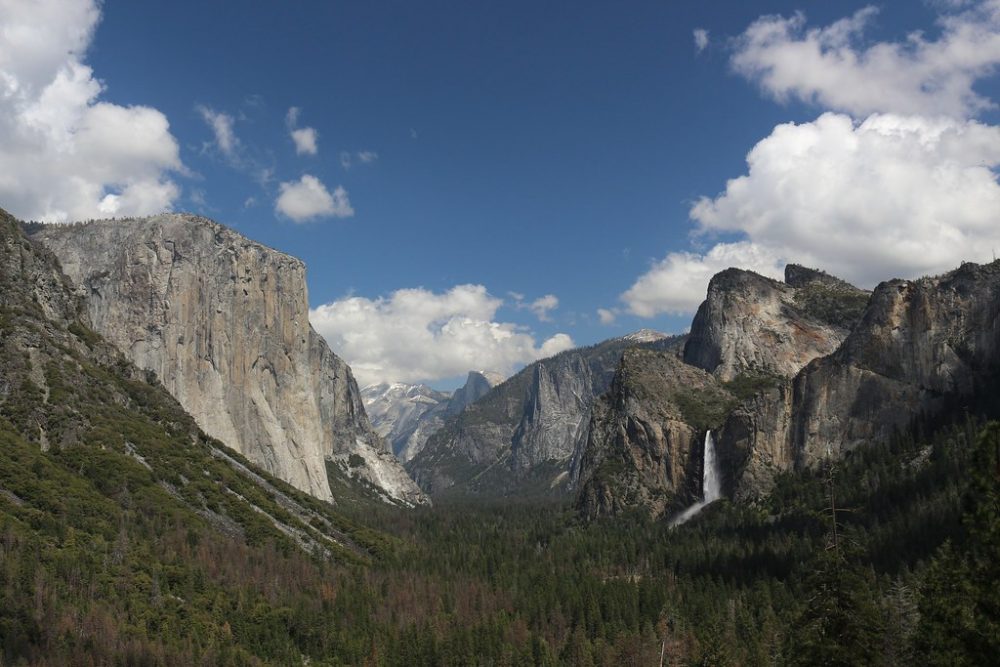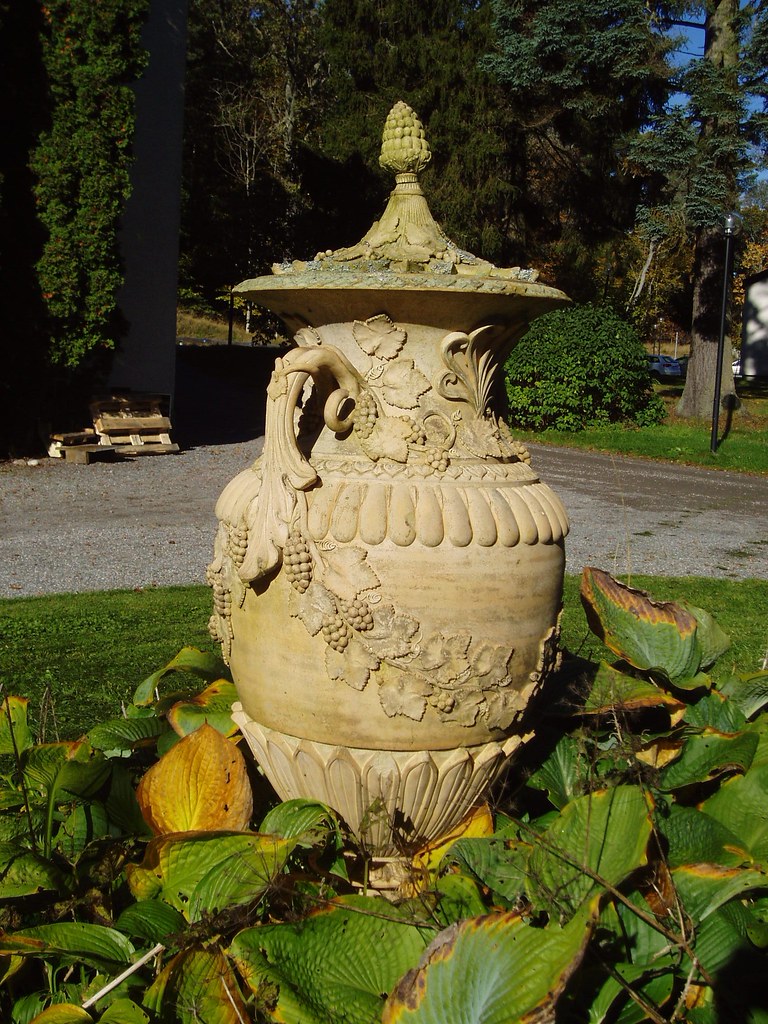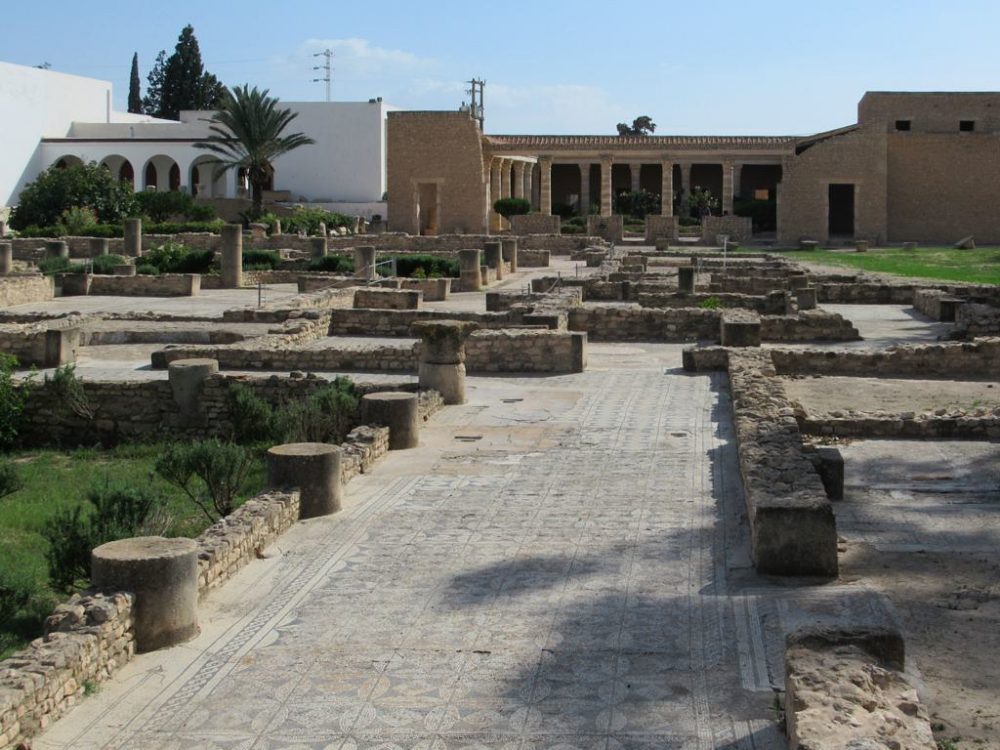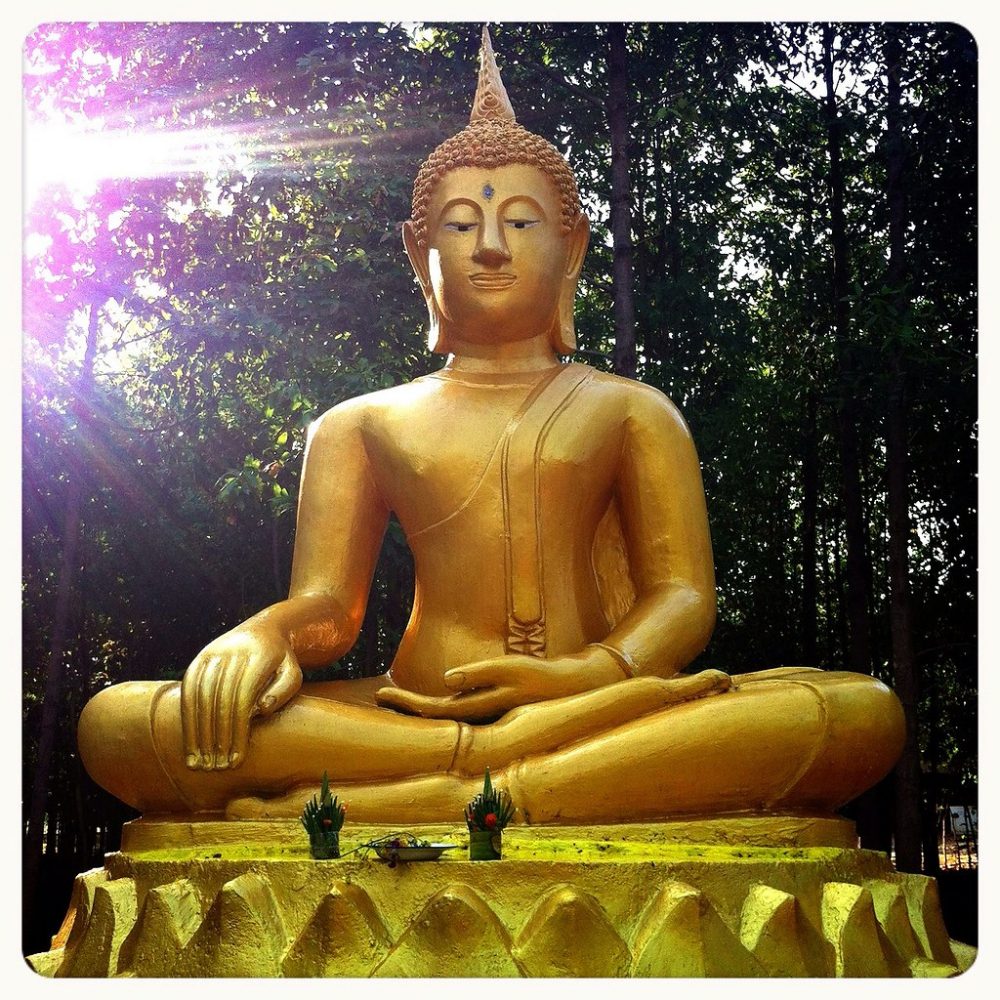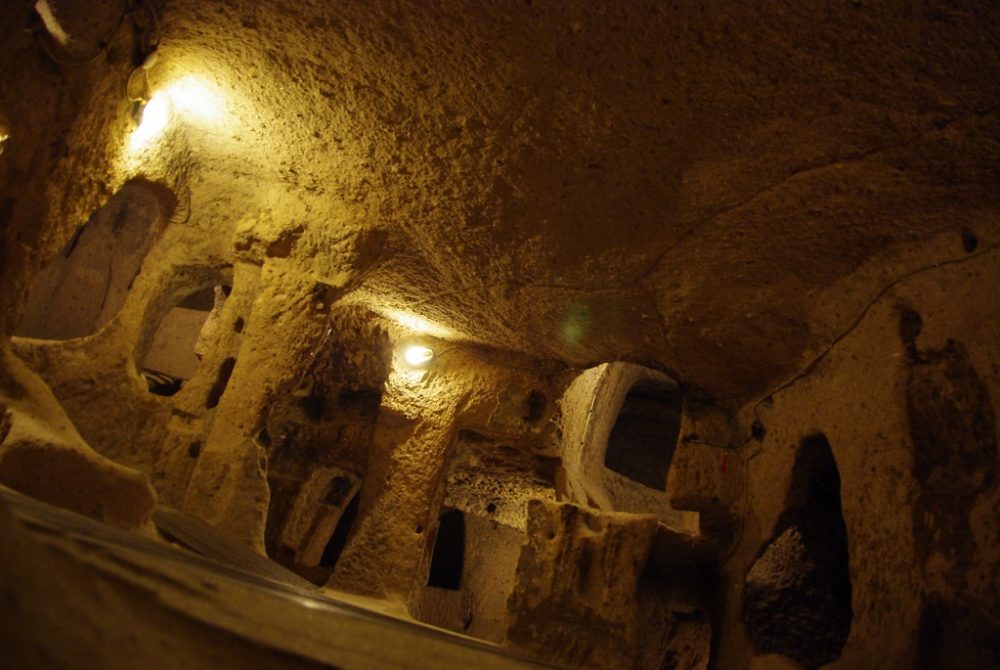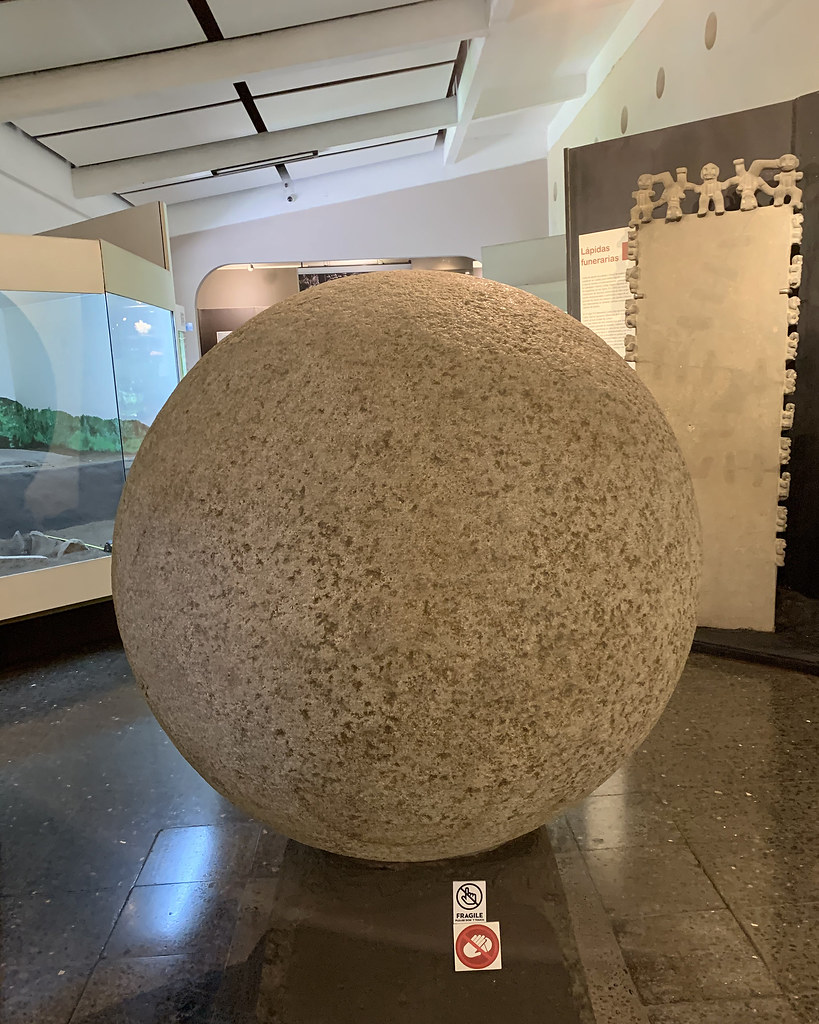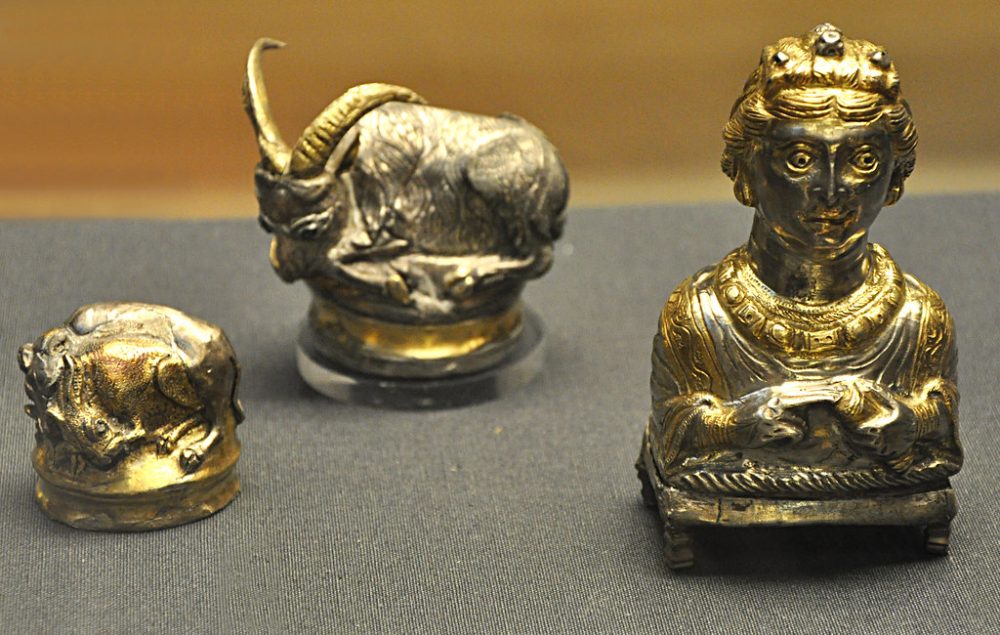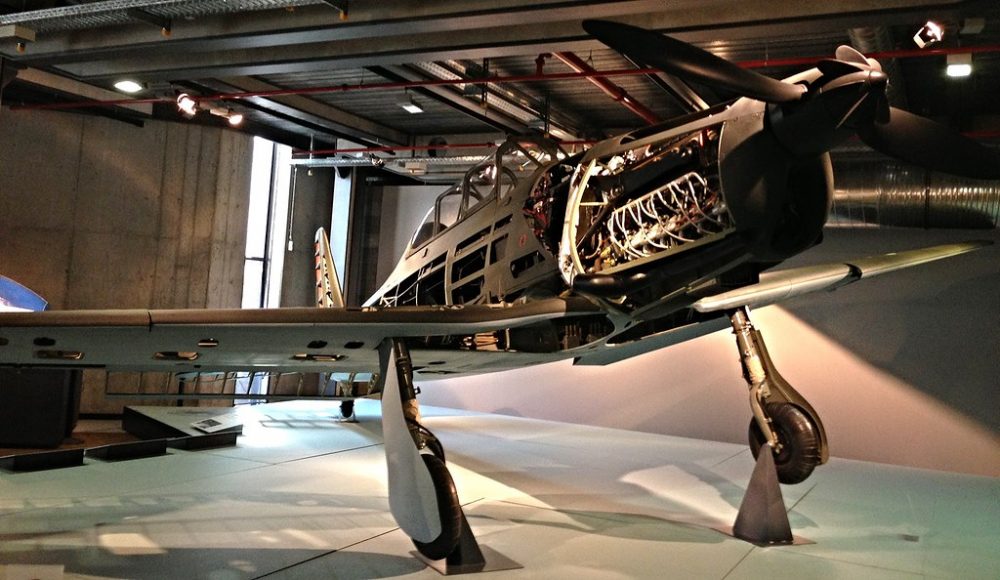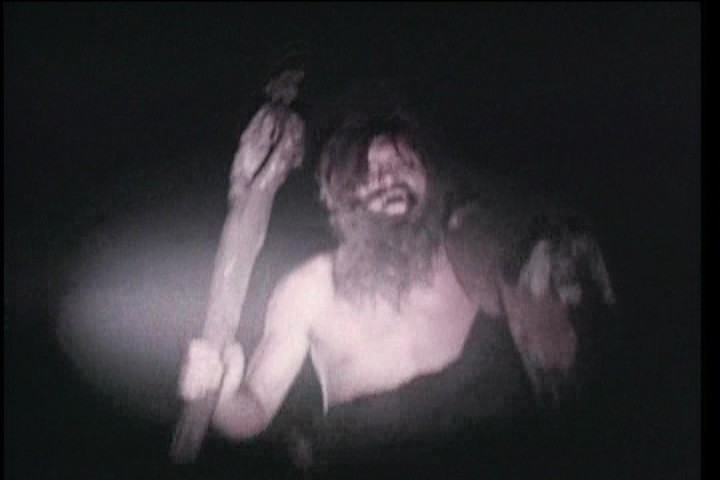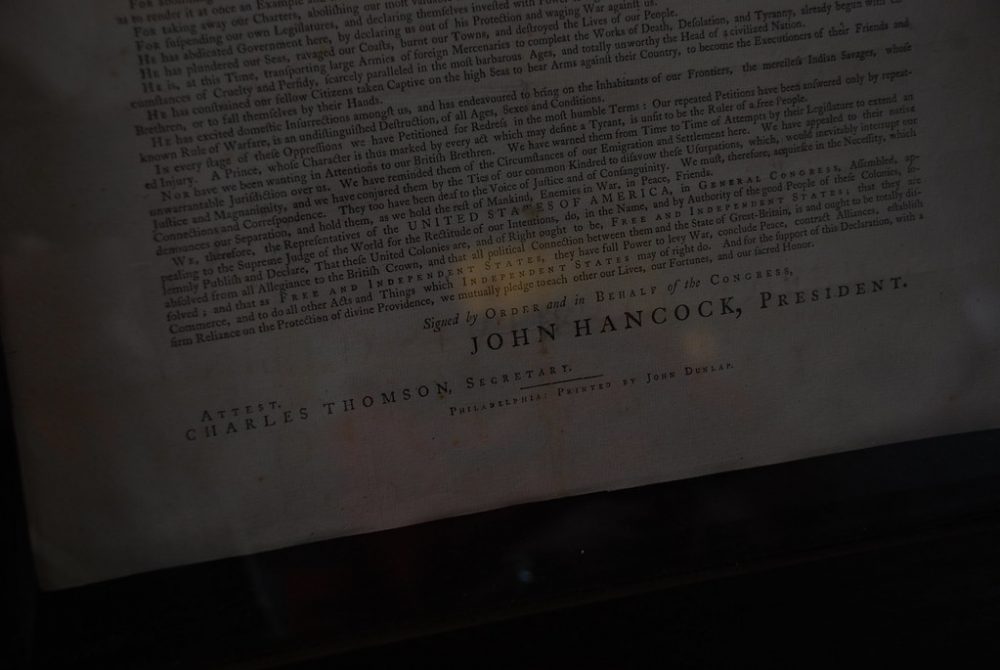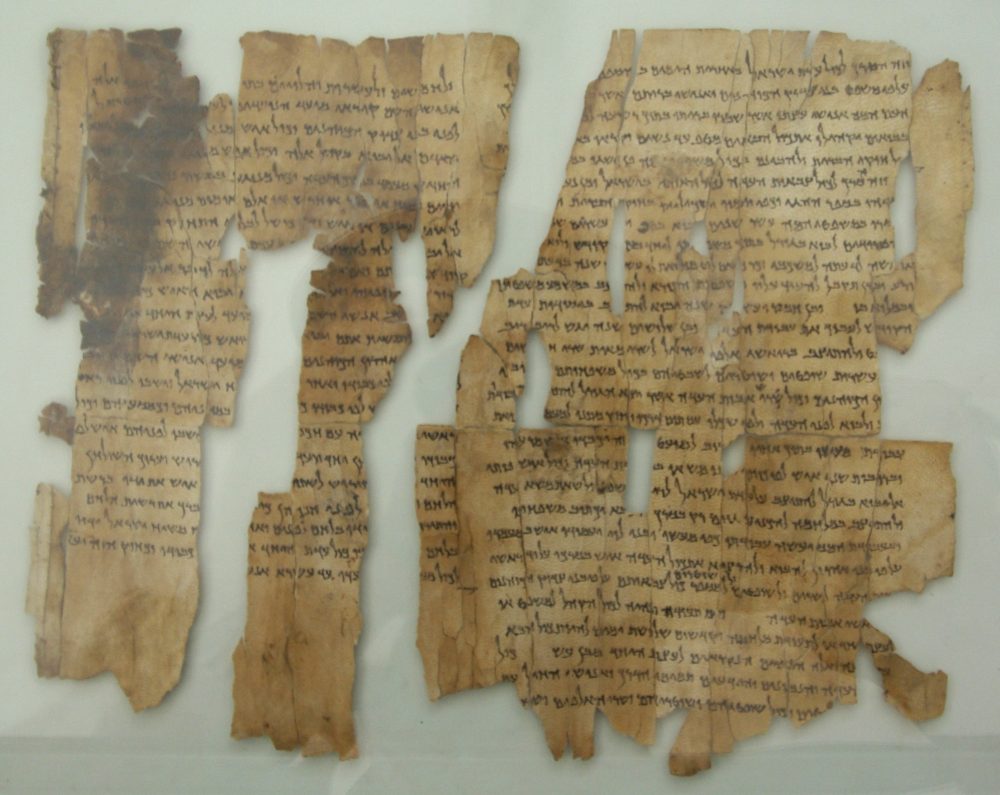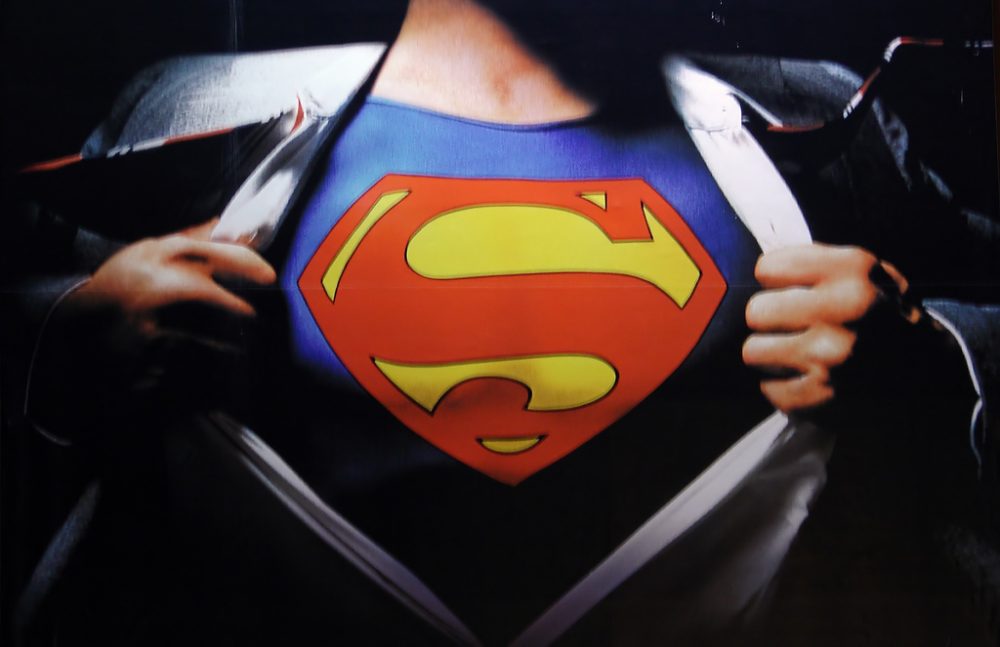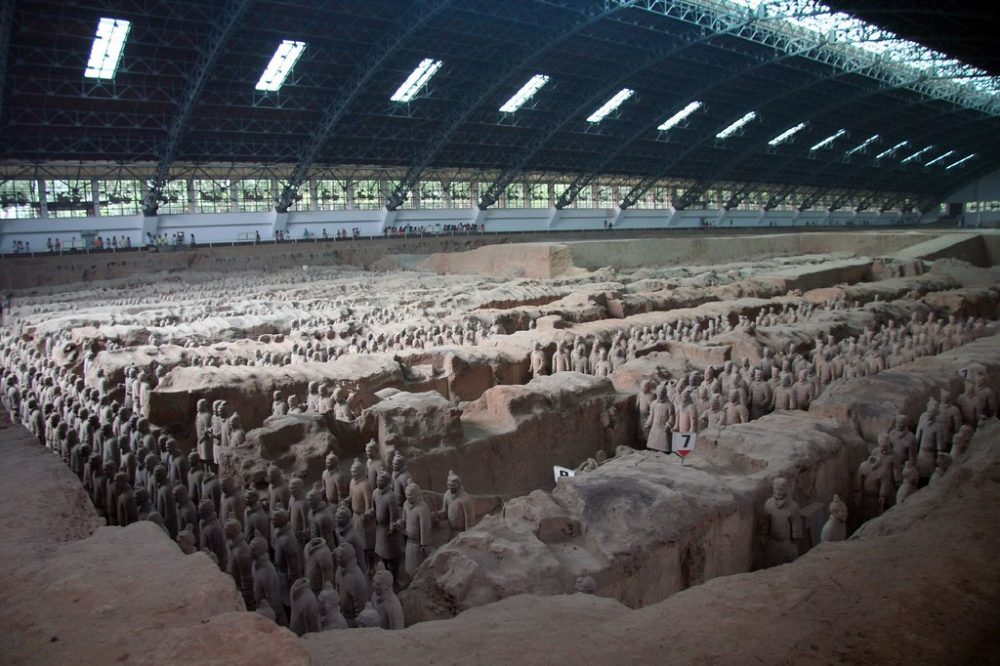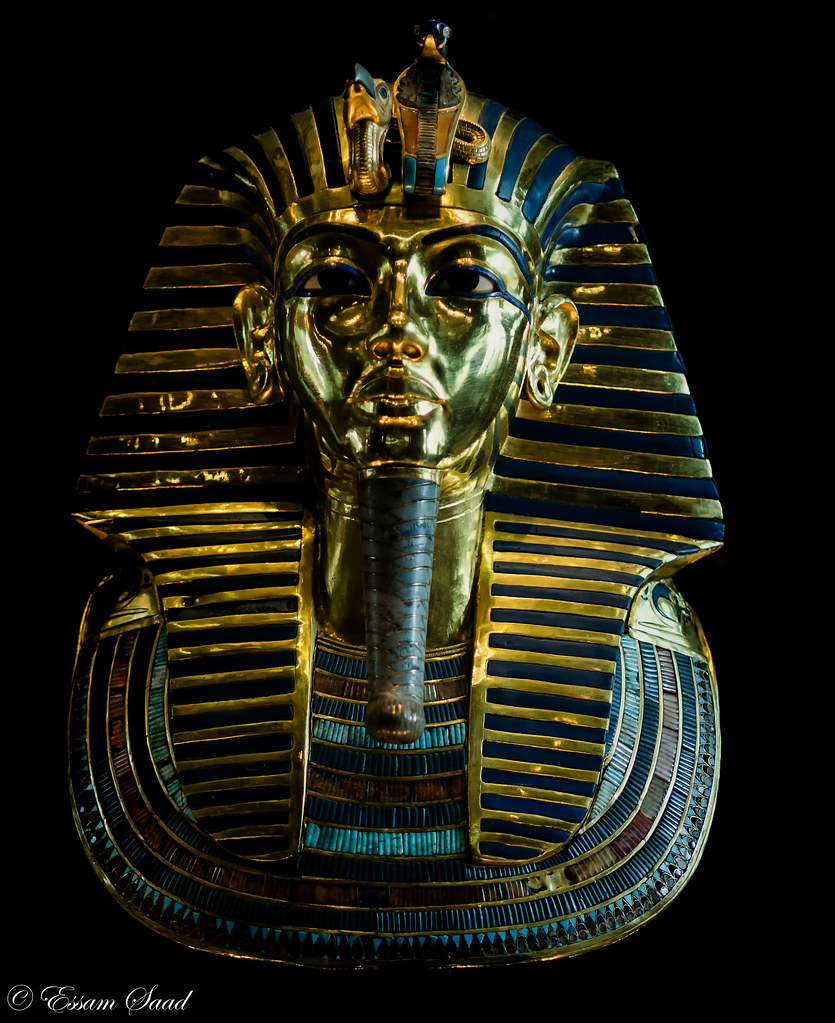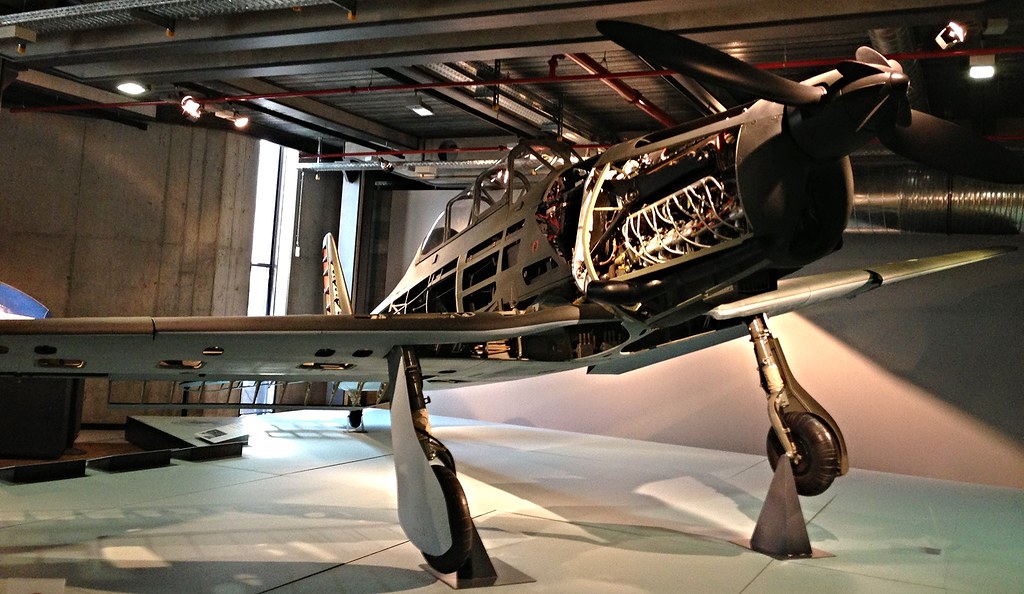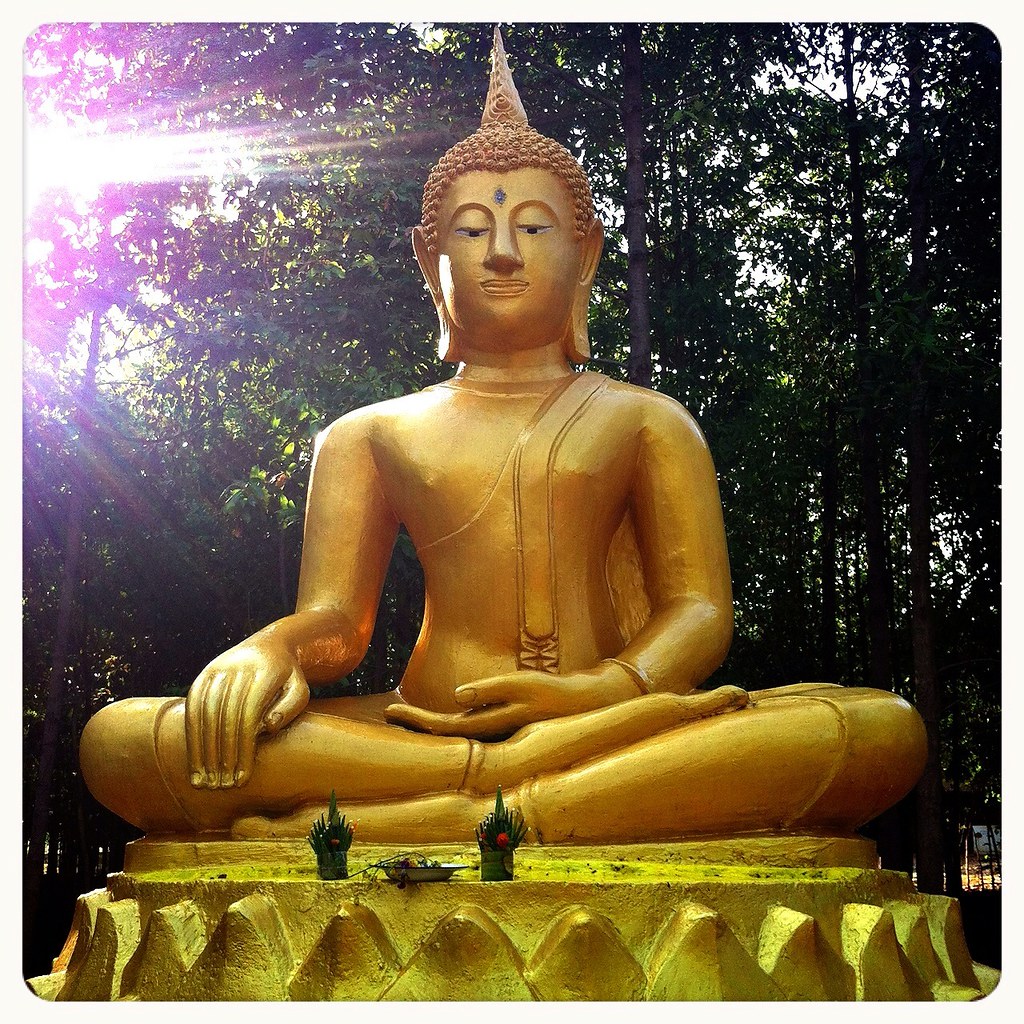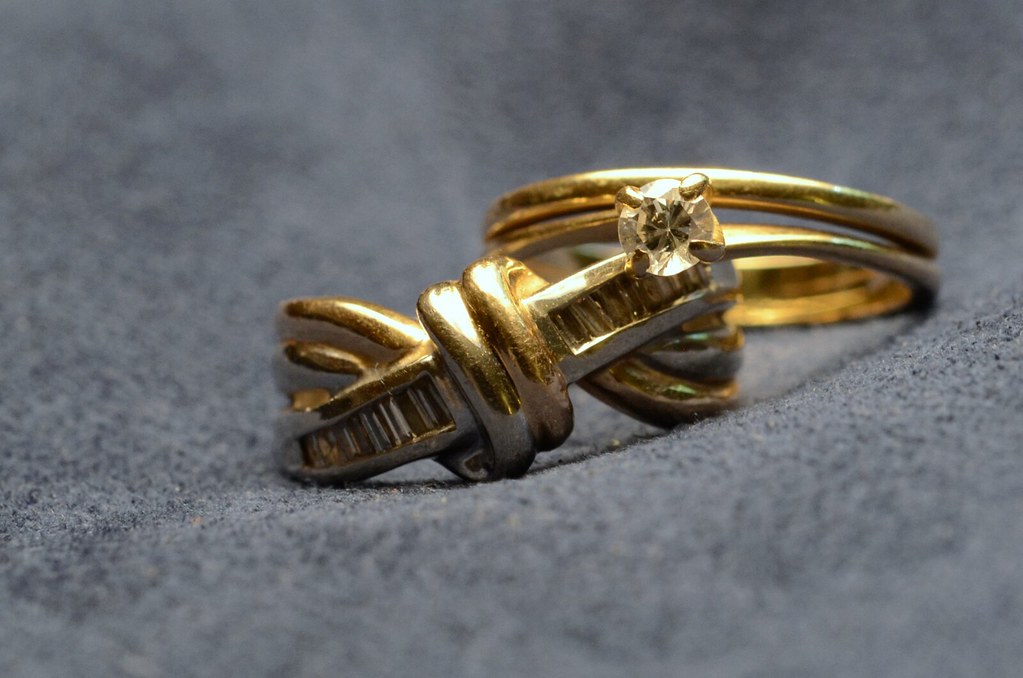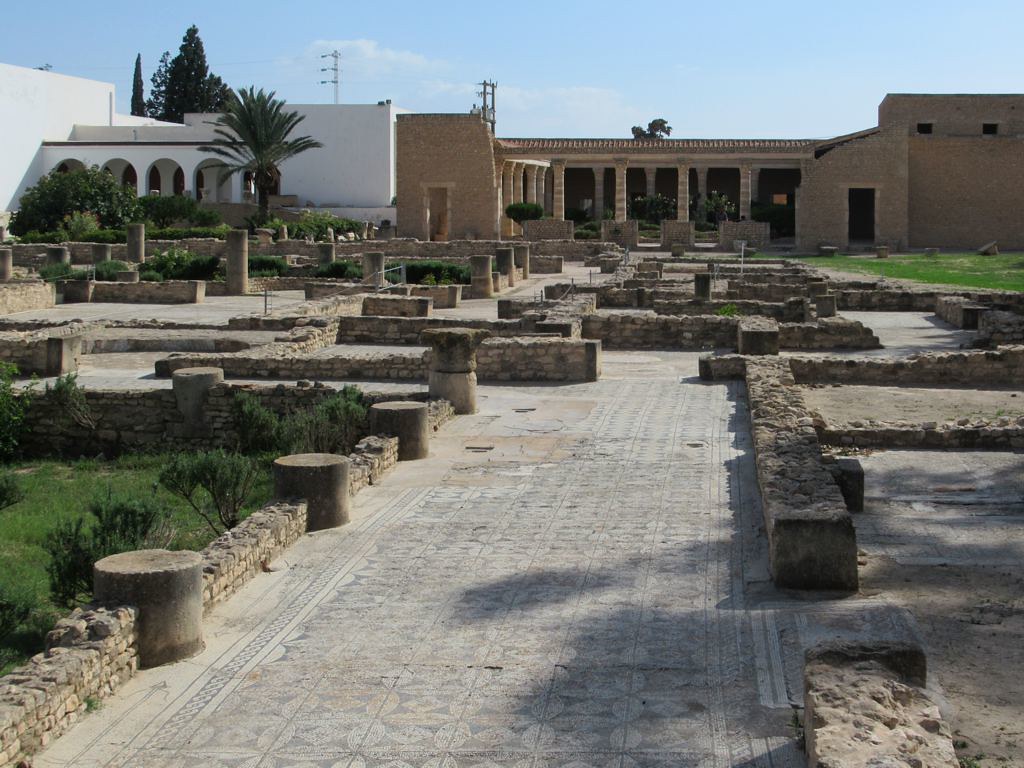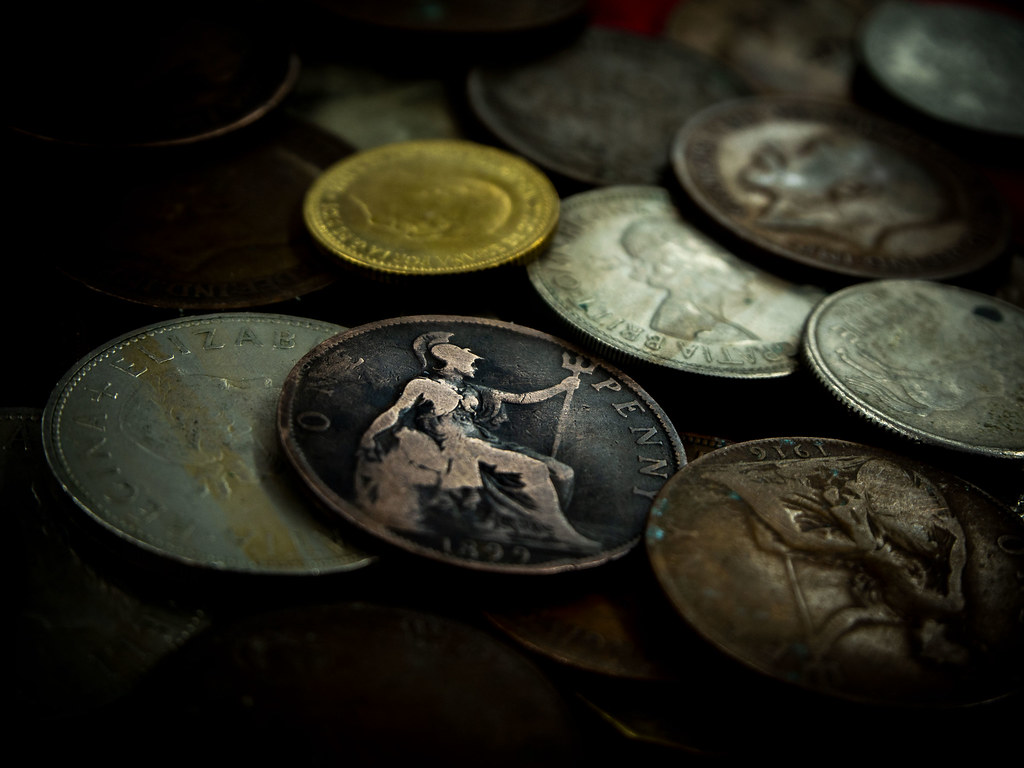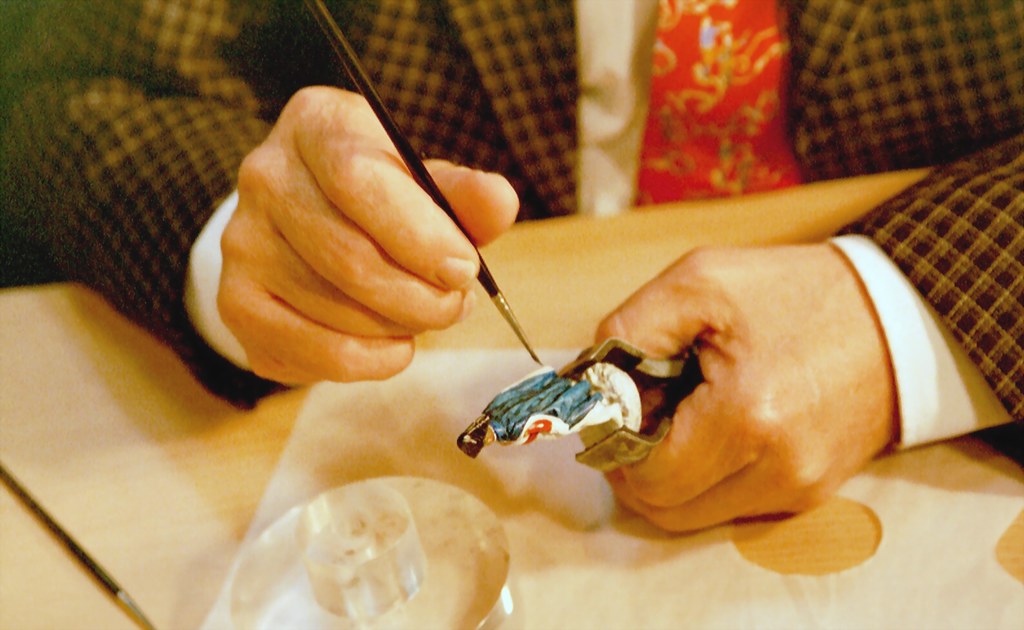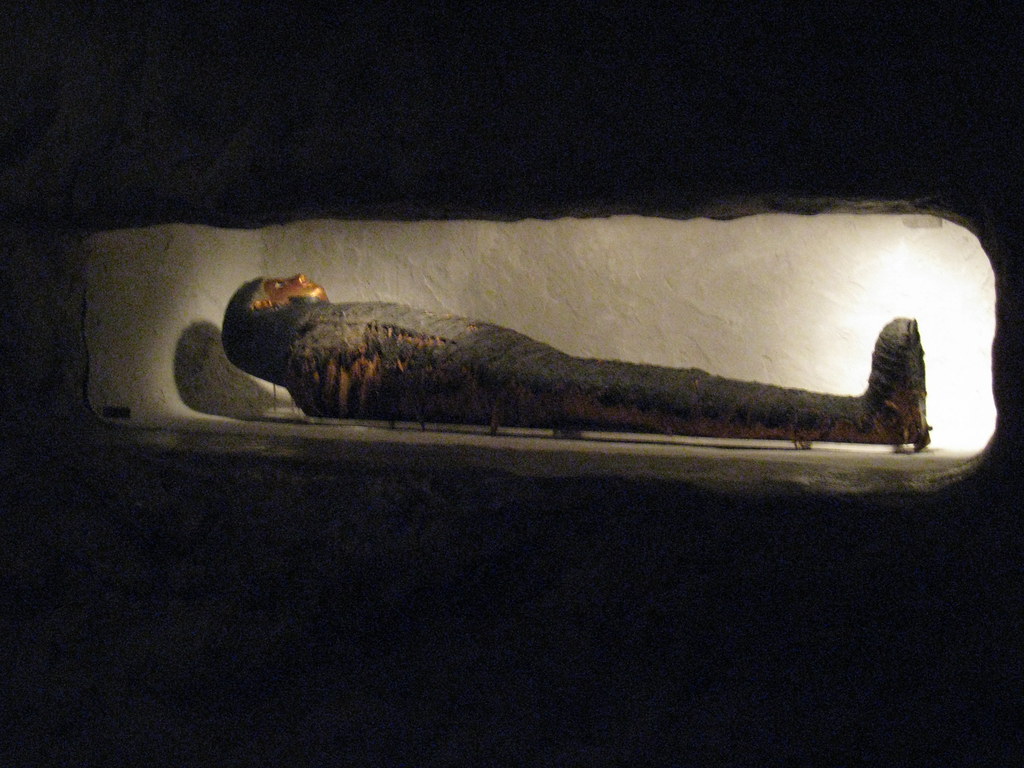Like everyone though, I grew up. I realized the time and effort it would take to become one and most of all I realized how much schooling it would take. The allure was gone. “I’ll leave that to the professionals” I thought. But it’s not always the professionals that make the initial discovery of a mummy or treasure. Sometimes it’s made by the common folk. Like us. These are some of those instances. Let’s take a look at 25 Craziest Discoveries Made By Ordinary People. It remained lost until it was accidentally discovered by workers working on a construction site for the projected Museum of Modern Art. After an excavation of the area they found a small tomb with a coffin inside of it. Inside was a nearly perfectly preserved mummy. It was recovered by a peasant who discovered it while trying to salvage marble building blocks. The badger spent five years digging his den on a farm in Stolpe, northeastern Germany, only to leave after unearthing a human pelvic bone. The archaeological excavation of the area discovered eight 12th-century graves. It was determined that the badger had discovered one of the last pagan burials in Brandenburg. When the family had it appraised, they learned it was made in 1912 by Peter Carl Fabergé, a Russian jeweler, who was commissioned by Russian Czar Nicholas II to make it for his wife, Empress Alexandra. There were only 50 figurines made, and the Davis family sold it for $5.2 million. Quinquin had found the tomb of Childeric I, king of the Salian Franks, who was buried in his capital of Tournai after his death in 481 CE. It wasn’t until later, however, that he would find out that they were original works by the famed photographer Ansel Adams. The negatives sold for $200 million. Back in those days, butter was a luxury food in Ireland and was also used as offerings to the gods. Due to the surrounding environment of the bog the lump of butter was perfectly preserved. Archaeologists say that it’s still perfectly fine for consumption. So you know, slap it on some toast and have yourself some Bog Buttered Toast. It’ll be fine. Probably. After a 30 minute bidding war the vase sold for $85 million, setting the record for a work of Chinese art. He uploaded his discovery to his blog and then called some local archaeologists to see what they thought. The archaeologists started digging and found an entire ancient Roman villa buried under the earth. Whoever said the internet was a waste of time. The farmer brought it to a local scholar, who realized that the seal was a legendary relic gifted by Emperor Guangwu of Han to a Japanese emissary during the first state meeting between China and Japan in AD 57. She found a gold pendant depicting the crucifixion of Jesus buried 4 inches below the ground. The treasure has an estimated value of more than £250,000. Some of the plaster chipped off and the workers saw the shining glimmer of pure gold. When the rest of the plaster was torn off, they found that the statue was made of pure gold underneath.The statue is the largest golden Buddha in the world, is now housed in its own building just to show it off. The size of the city is currently unknown but current estimates have it at about 100 acres, 5 million square feet, and about 370 feet into the ground. Studies later determined that the spheres were created by the Diquis culture. 300 of them survive today as Costa Rican icons. He had lost his hammer while working on his farm and used a metal detector to find it. Instead he found a wooden box containing the centuries old coins and jewelry. You can find the hoard on display at the British Museum, and don’t worry. They found the hammer, it’s also on display. Klaus was told by his grandfather about a German fighter that crashed in the farm in the last years of the war when Denmark was still occupied by the Nazis. They found the plane after a few moments of searching with a metal detector. Once the police arrived and the body was recovered, archeologists discovered that the body had been buried in the ice for 4,000 years. The body gave great insights to the life of those alive at the time. The body is now on display at the South Tyrol Museum of Archaeology in Italy. When he removed the painting he discovered an old document between the canvass and wood frame. It turned out to be one of the original printings of the Declaration of Independence. I wonder if there was a treasure map on the back. They made a pact to keep their find secret, but only managed to hold on for a week before telling a teacher who was a local expert on prehistoric art. The cave was opened to the public but closed just 15 years later after the cave walls started to develop mold. What they had found were fragments of The Dead Sea Scrolls, original manuscripts of sections of the old testament. They were unaware of their discovery and sold the jars for $21. It turned out to be an ancient statue. After he took his finding to a museum experts realized that the statue was a Qin Dynasty Relic. Eventually archaeologists discovered the rest of the statues on the farmers land, discovering the famous Terracotta Army. And if it wasn’t for a bored waterboy, it would’ve. Bored, the waterboy started playing with a stick in the sand when he stumbled upon a stone step. He told Carter, who rushed over and started digging. 22 days later they found the entrance to the tomb. “Terracotta army” by GuySie is licensed under CC BY-SA 2.0 “Will Superman ever get a decent game?” by BagoGames is licensed under CC BY 2.0 “File:Amman BW 9.JPG” by Berthold Werner is licensed under CC BY-SA 3.0 “1” by Bayes Ahmed is licensed under CC BY 2.0 “Declaration bottom” by deltaMike is licensed under CC BY 2.0 “Eegah (1962)” by twm1340 is licensed under CC BY-SA 2.0 “IMG_7905” by andywalton7 is licensed under CC BY 2.0 “Piperatoria / Pepper pot / pepparkar, Hoxne Hoard, the UK” by Bochum1805 is licensed under CC BY-SA 2.0 “The Rosetta Stone” by Dark Dwarf is licensed under CC BY-ND 2.0 “Esferas de piedra de Diquis, Costa Rica” by mariordo59 is licensed under CC BY-SA 2.0 “a large chamber in the underground city” by Martin Lopatka is licensed under CC BY-SA 2.0 “Golden Buddha” by theerawat is licensed under CC BY 2.0 “Teignbridge : Grassy Field” by Lewis Clarke is licensed under CC BY-SA 2.0 “Old and New” by slgckgc is licensed under CC BY 2.0 “Excavated Roman Villas” by D-Stanley is licensed under CC BY 2.0 “Vas Edsbyns slott” by Udo Schröter is licensed under CC BY-SA 2.0 “Old World Currencies - Old Money” by orgalpari is licensed under CC BY 2.0 “Figurine-hand-finition” by Fabrice Terrasson is licensed under CC BY 2.0 “Penang Grave Yard-06&” by Sheba_Also 15.6 Million Views is licensed under CC BY-SA 2.0 “Venus von Milo” by tux is licensed under CC BY 4.0 “MUMMY!” by silver marquis is licensed under CC BY-ND 2.0 “Aristotle” by maha-online is licensed under CC BY-SA 2.0
